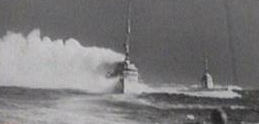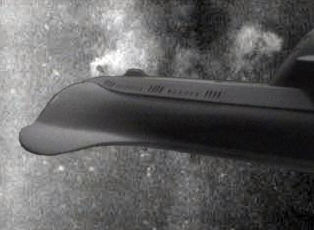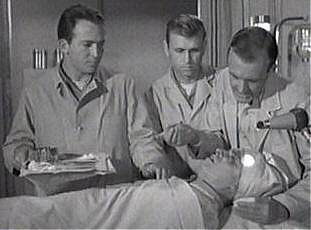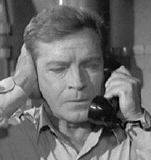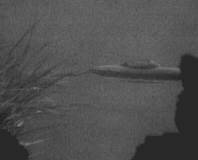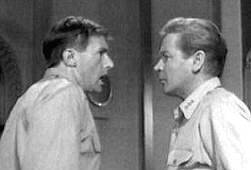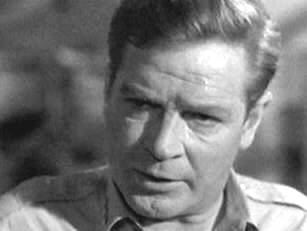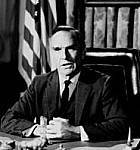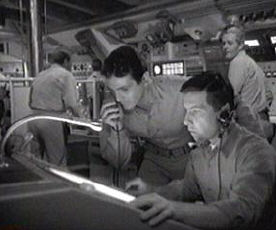 |
|
|
The Alert is cancelled
to the relief of all, but it's short lived relief when three things happen in rapid
succession. Sonar detects enemy destroyers closing in, Nelson
is quick to point out they'd better surface and explain themselves,
and simultaneously, Corbett notices that missile #4
has not released, and is set to fire at sea level. They can't
surface, he tells Nelson.
Nelson's response: If we can't talk,
let's run. Let's get out of here.
Lee, jam their sonar; they'll have to rely on hydrophones. |
| |

